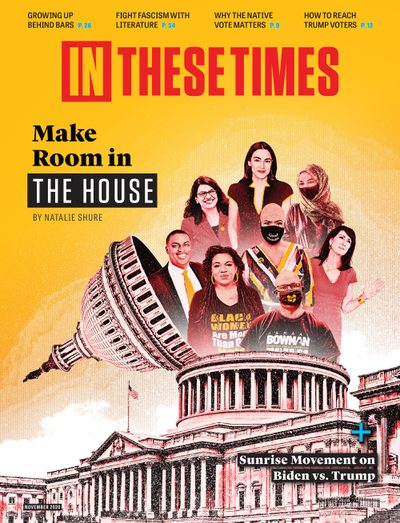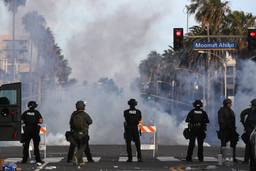13 Ways the Vote Is Being Suppressed Ahead of the Election
Half of American voters expect to have difficulty casting a ballot this November.
Janea Wilson

As the coronavirus continues to ravage the United States, many Americans are planning out how to vote safely in one of the most contentious presidential elections in recent years Many states have surpassed their 2016 requests for absentee ballots, and 29 states and Washington D.C. have allowed voters to request an absentee ballot without an excuse. More than 80 million people have requested or been sent a ballot by mail, nearly 25 million more than in past elections. Even as voting by mail offers more accessibility, millions of Americans still have difficulty casting their votes.
President Trump has been quite vocal about his opposition to mail-in voting, stating that ballots will be manipulated to not reach Republican voters, despite repeated research showing that such fraud is nonexistent. His campaign has tried to stop mail-in voting efforts, including filing a lawsuit against Nevada, a state that is planning to send mail-in ballots to all registered voters. In early October, the Department of Justice also weakened its regulations on investigations into election security, allowing federal election inspectors to start an investigation on suspected election-related crimes even before polls close, which can sway public opinion of the validity of the election and sway results.
A Pew Research Center study shows that voters of marginalized groups who have not always had the right to vote, will make up more of the electorate than ever before. The Native American vote has the power to flip Arizona, but many will struggle to cast a vote since they do not receive mail at their home and have difficulty accessing polling places. Black voters in North Carolina could also turn their state blue, but as of September 17 FiveThirtyEight found that they have had their mail-in ballots rejected for technical reasons at a higher rate than white voters.
The numbers below capture some of the ways voters have been disenfranchised in the past — and will continue to be disenfranchised — during this election.
49% of voters expect to have difficulty casting their ballots in November, compared with 15% during the 2018 midterms.
39% of voters would prefer to vote by mail.
87% of Swedish voters participated in their most recent general election, compared with 60% of Americans in 2016.
92,000,000 eligible Americans did not vote in 2016.
25 of the developed OECD countries have higher voter turnout in national elections than the United States, including Estonia and Slovakia.
17,000,000 people nationwide were kicked off voter registration lists between 2016 and 2018, ostensibly to ensure accuracy but disproportionately affecting people of color.
11% of U.S. adults lack proper voting identification (as required in 36 states), a common barrier for voters in non-white communities and poor voters.
15% of Black voters reported trouble finding a polling station in 2016, compared with 5% of white voters.
29% longer wait times to vote were experienced in Black communities than white communities in 2016.
668,000 fewer volunteers are being recruited as poll workers for 2020, compared with 2016.
2,700,000 million Americans cited “busy schedules” as the main reason they didn’t vote in 2016.
Only 2 states have no restrictions on how felons can vote.
43% of people convicted of felonies who have already completed their sentences and parole time still cannot vote.
Janea Wilson is an Editorial Intern for In These Times, and a student at Northwestern University studying journalism and anthropology. She has previously written for The Daily Northwestern, The Detroit Free Press and The Trace magazine. You can reach her on Twitter at @janeaAwilson







